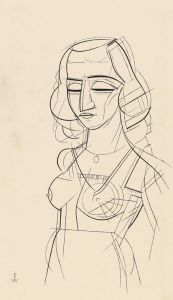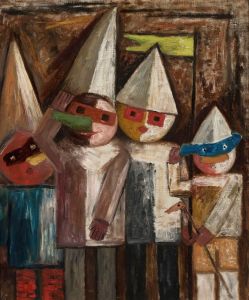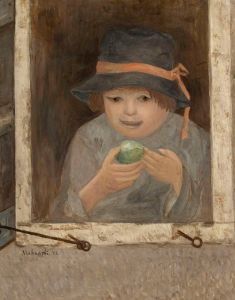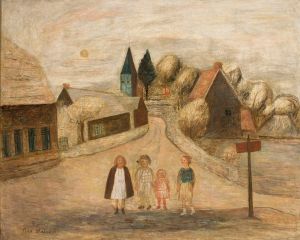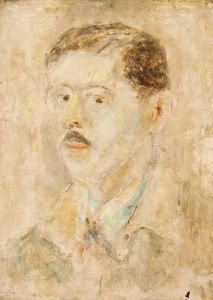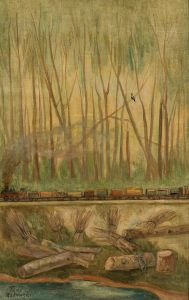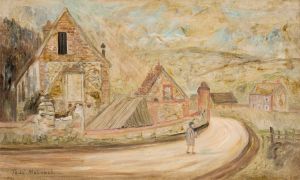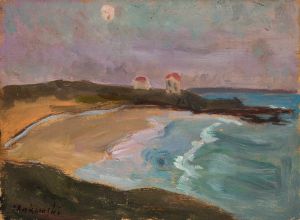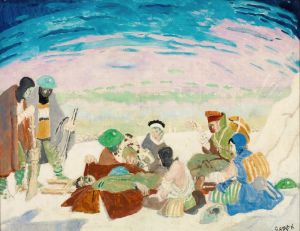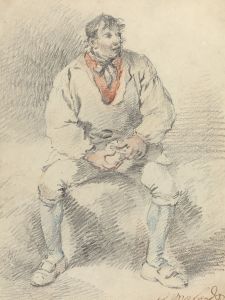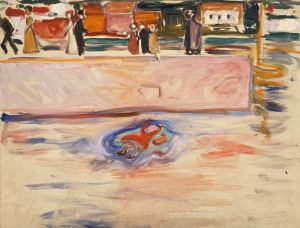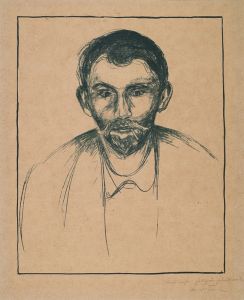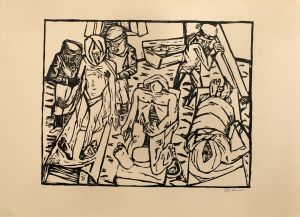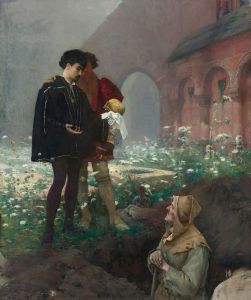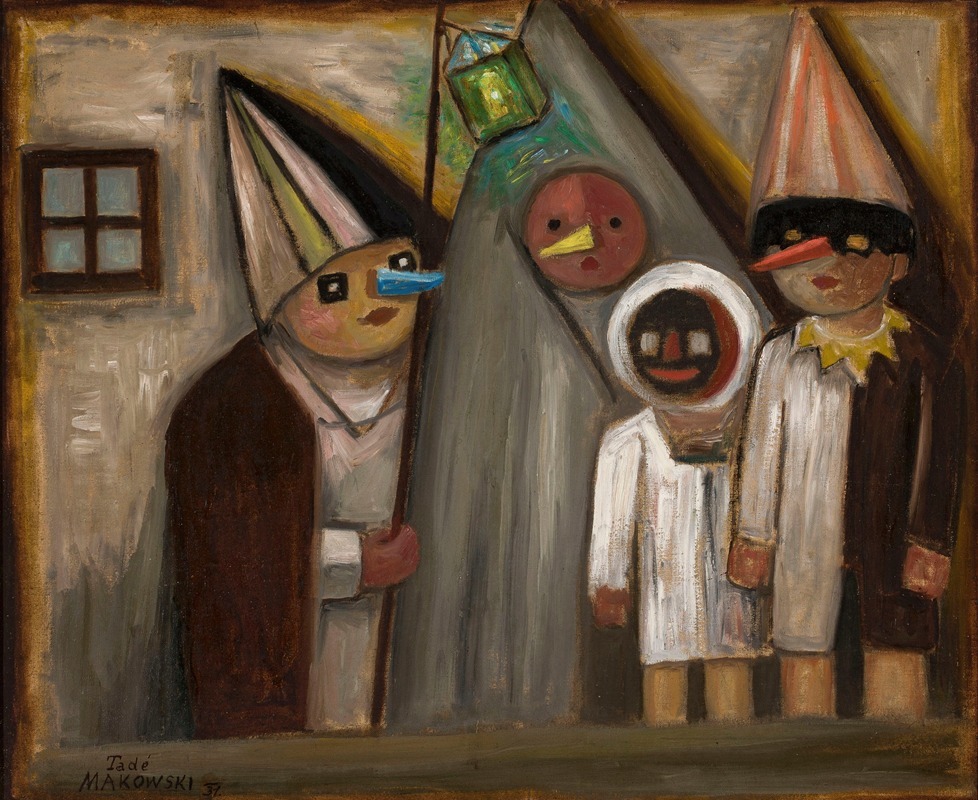
Miser
A hand-painted replica of Tadeusz Makowski’s masterpiece Miser, meticulously crafted by professional artists to capture the true essence of the original. Each piece is created with museum-quality canvas and rare mineral pigments, carefully painted by experienced artists with delicate brushstrokes and rich, layered colors to perfectly recreate the texture of the original artwork. Unlike machine-printed reproductions, this hand-painted version brings the painting to life, infused with the artist’s emotions and skill in every stroke. Whether for personal collection or home decoration, it instantly elevates the artistic atmosphere of any space.
Tadeusz Makowski was a Polish painter known for his unique style that combined elements of folk art, symbolism, and modernism. Born on January 29, 1882, in Oświęcim, Poland, Makowski initially studied classical philology at the Jagiellonian University in Kraków before turning to art. He later attended the Academy of Fine Arts in Kraków, where he studied under prominent artists such as Józef Mehoffer and Jan Stanisławski. In 1908, Makowski moved to Paris, where he became part of the vibrant artistic community and was influenced by the works of Paul Cézanne and the Cubist movement.
"Miser" is one of Makowski's notable works, although specific details about the painting, such as its creation date and current location, are not widely documented. Makowski's oeuvre often features themes of childhood, innocence, and the simplicity of rural life, depicted through a lens of nostalgia and whimsy. His style is characterized by a blend of geometric forms and a muted color palette, which can be seen in many of his works.
Makowski's paintings frequently include figures that resemble puppets or dolls, rendered with a sense of naivety and charm. This approach reflects his interest in the purity and unpretentiousness of children's art. While "Miser" itself is not extensively documented in art historical literature, it can be inferred that the painting likely embodies Makowski's signature style and thematic interests.
Throughout his career, Makowski exhibited his work in various salons and galleries in Paris and Poland. He was associated with the École de Paris, a group of international artists working in the French capital during the early 20th century. Despite the challenges of living through World War I and the interwar period, Makowski continued to develop his artistic vision, gaining recognition for his distinctive approach to painting.
Makowski's contribution to art is significant in that he managed to create a unique visual language that resonated with both Polish and international audiences. His work is celebrated for its emotional depth and the way it captures the essence of human experience through simple yet profound imagery.
Tadeusz Makowski passed away on November 1, 1932, in Paris. His legacy endures through his paintings, which continue to be studied and appreciated for their innovative blend of styles and heartfelt portrayal of life's simple joys. While specific information about "Miser" is limited, Makowski's body of work as a whole remains an important part of early 20th-century art history.





